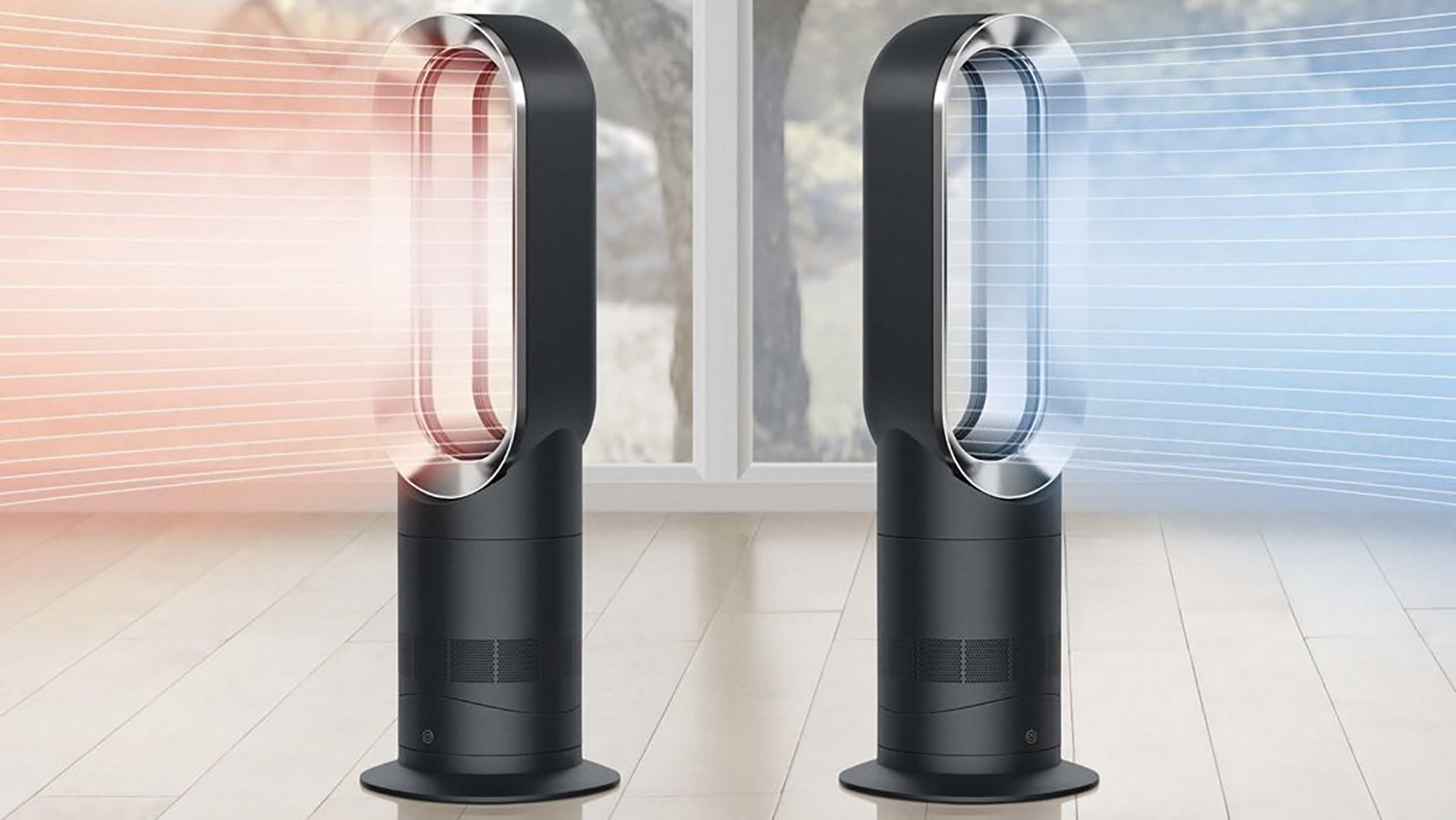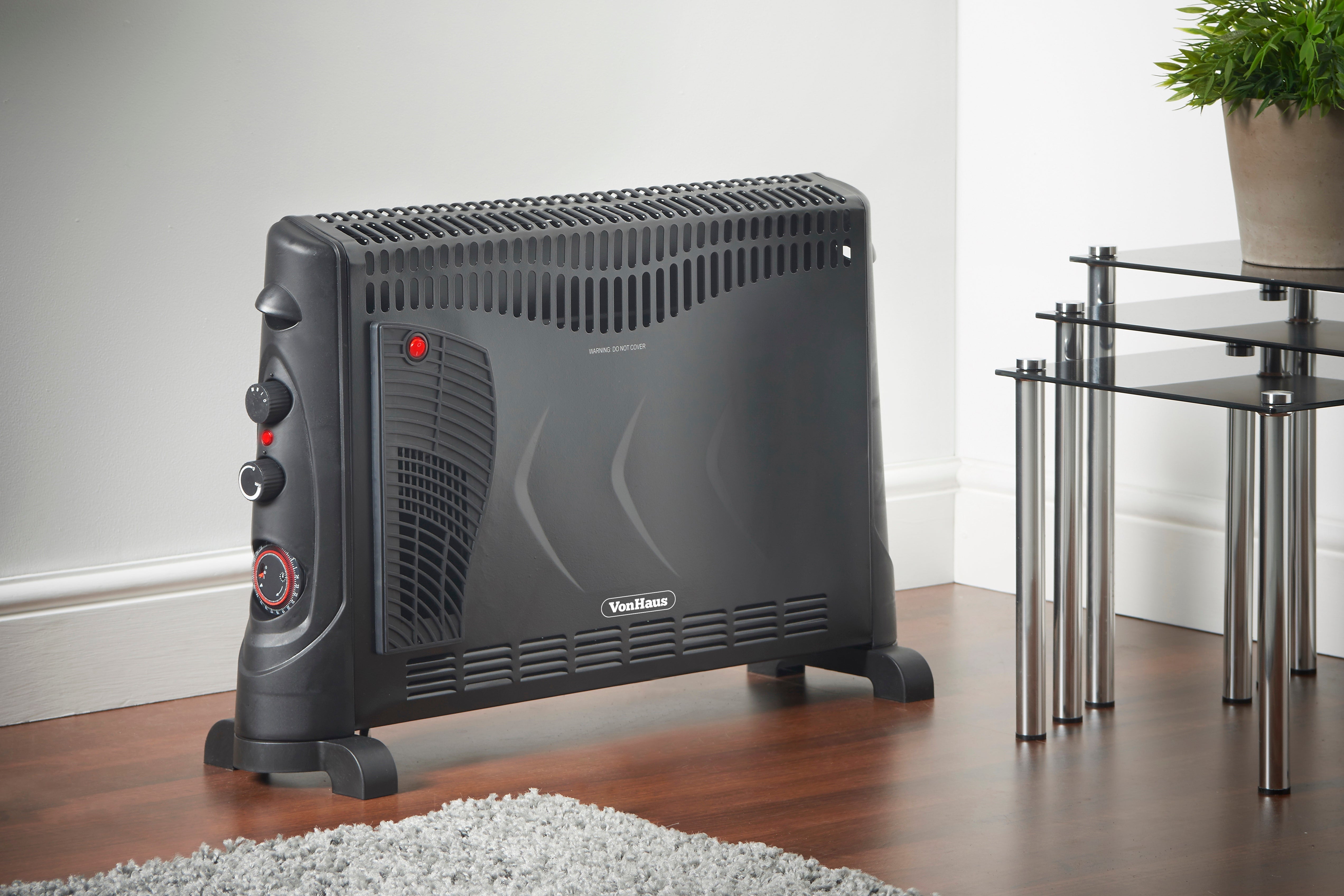Ecoflow Wave 2 Review
The air conditioner you can take anywhere
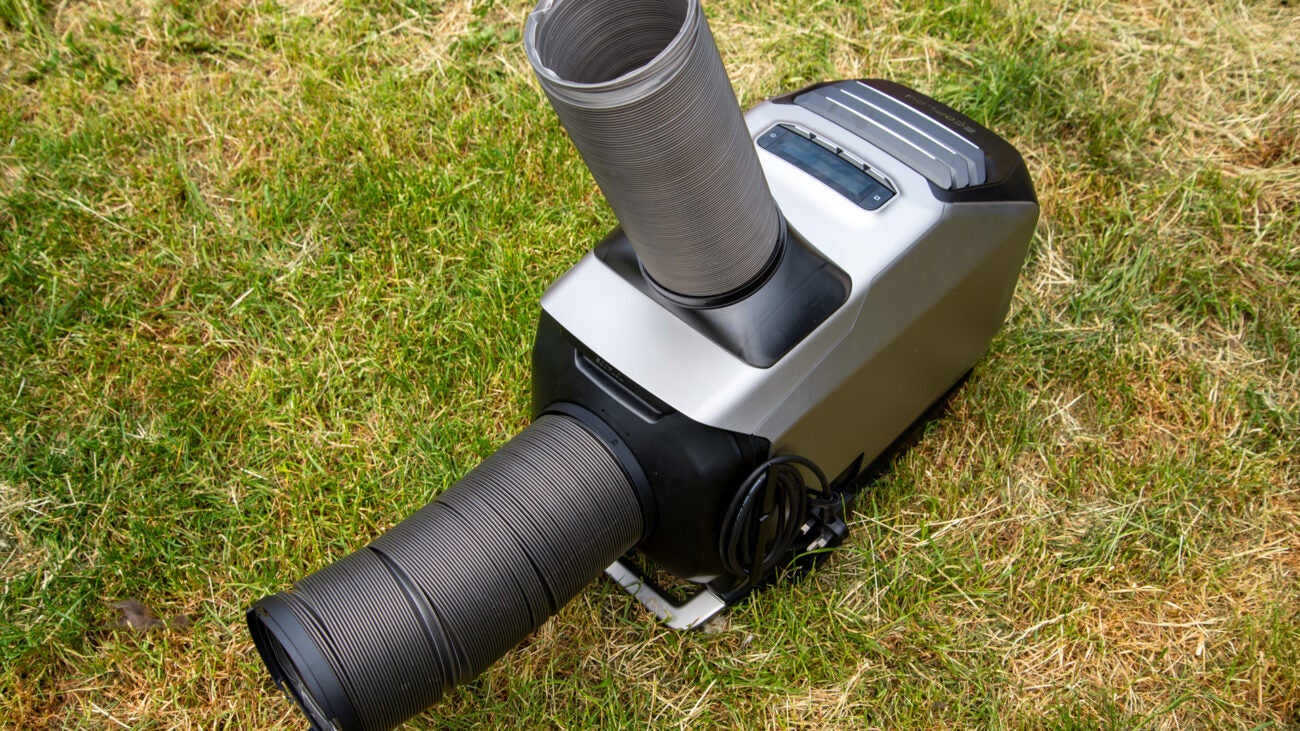
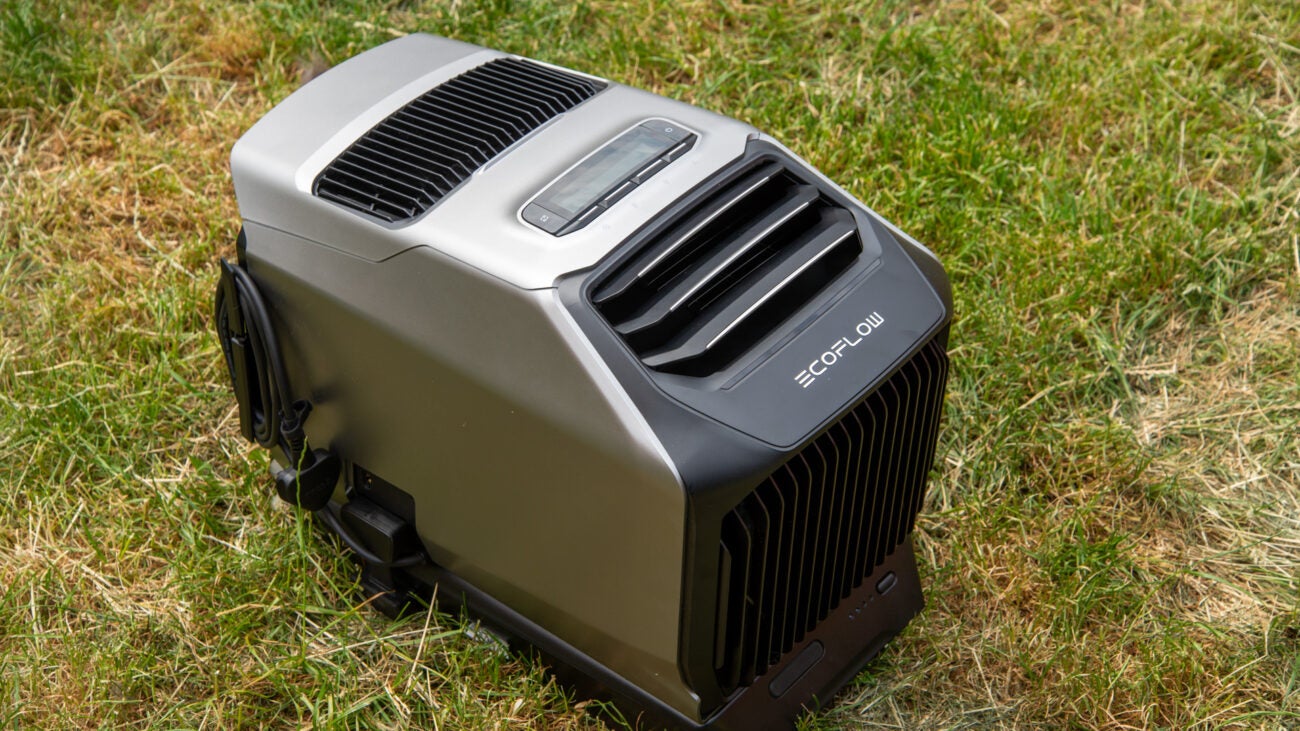
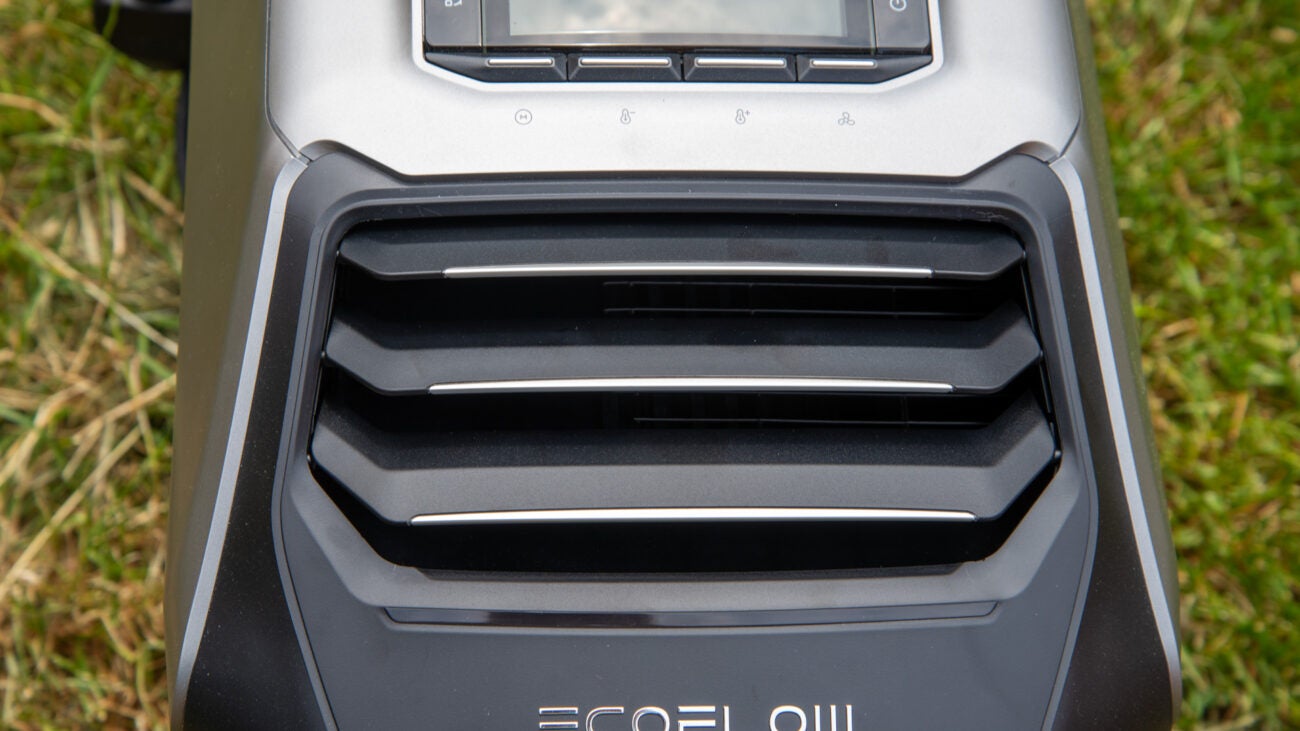
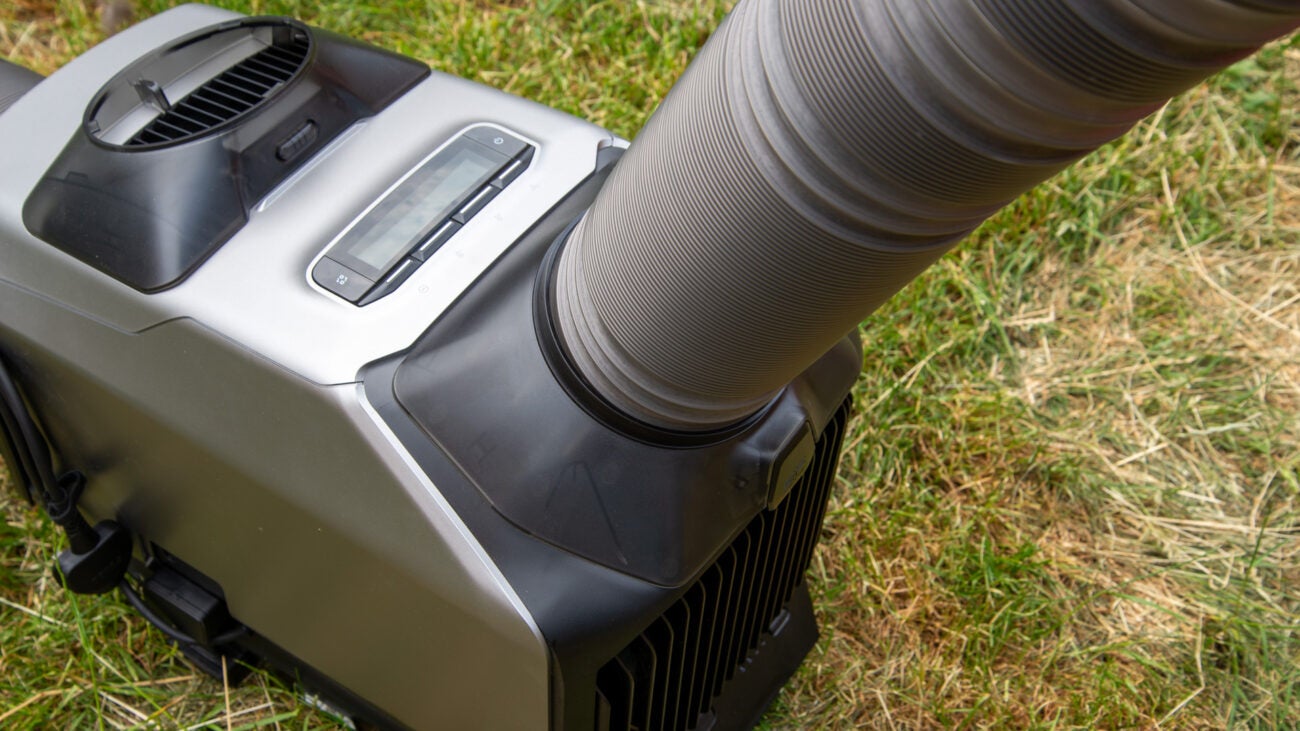
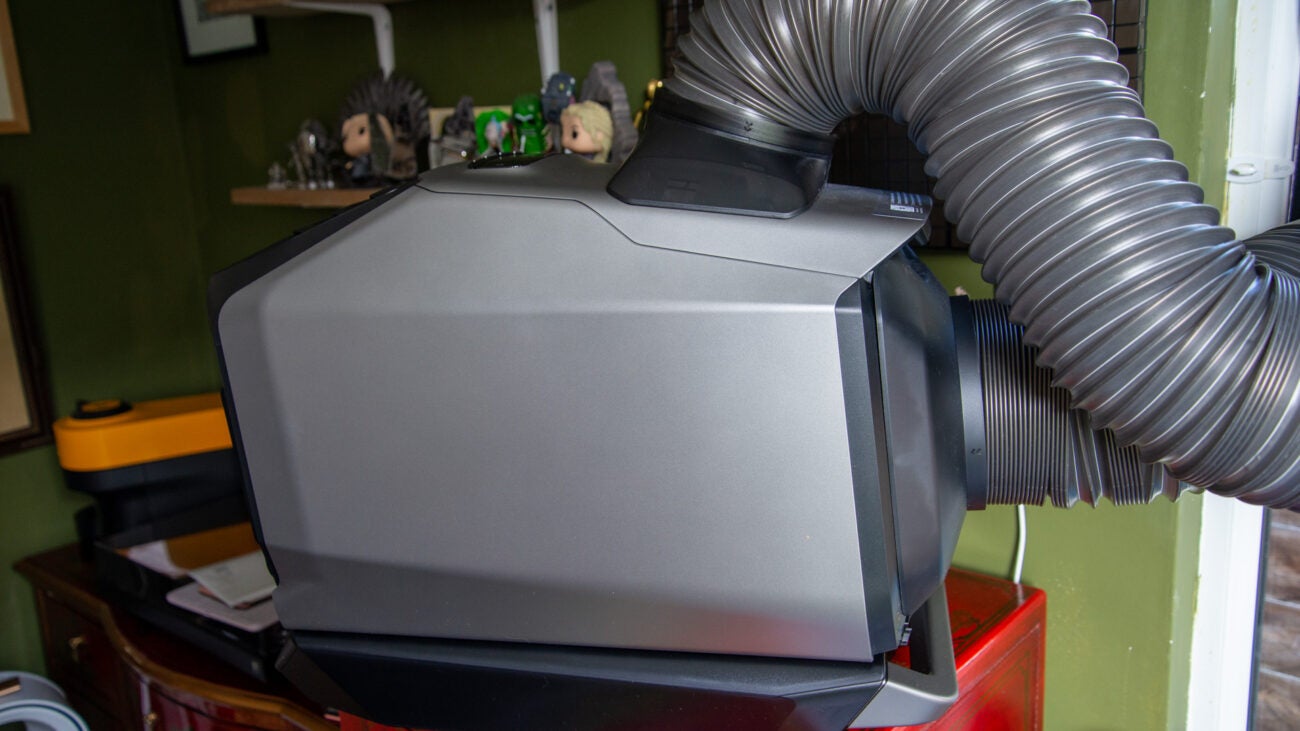
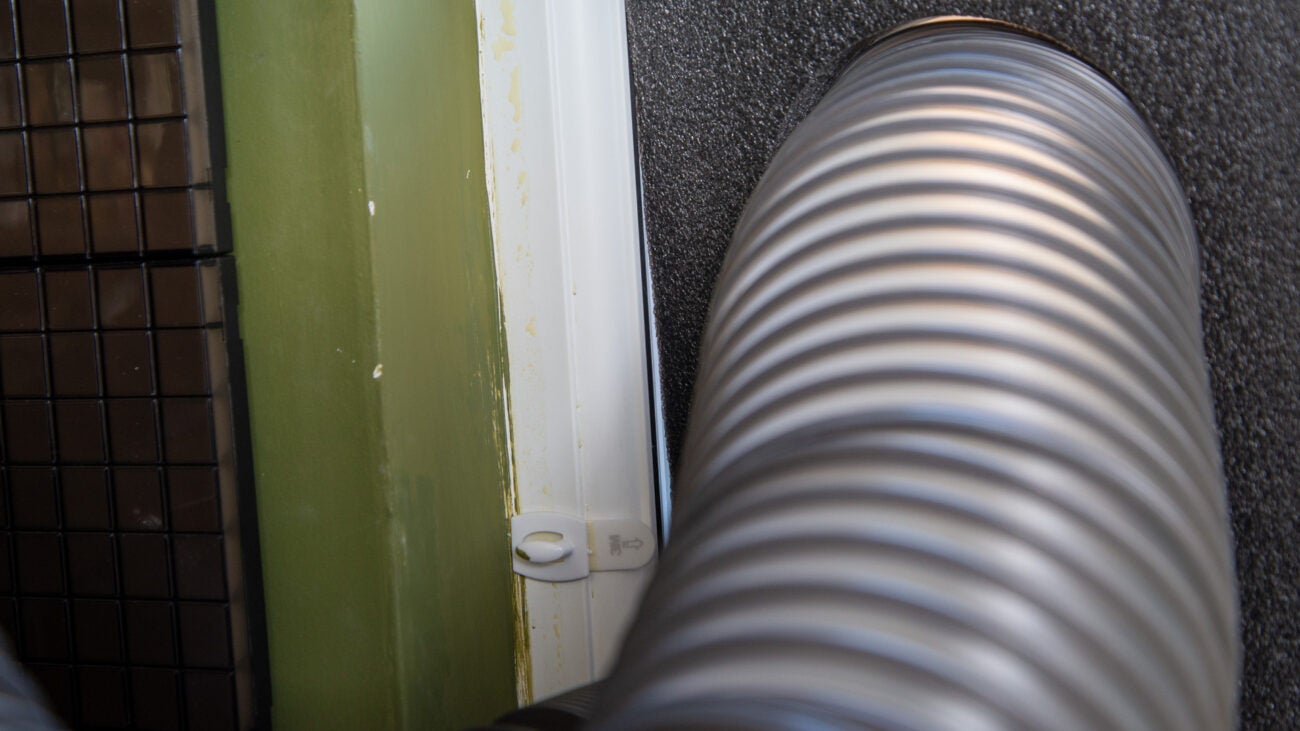
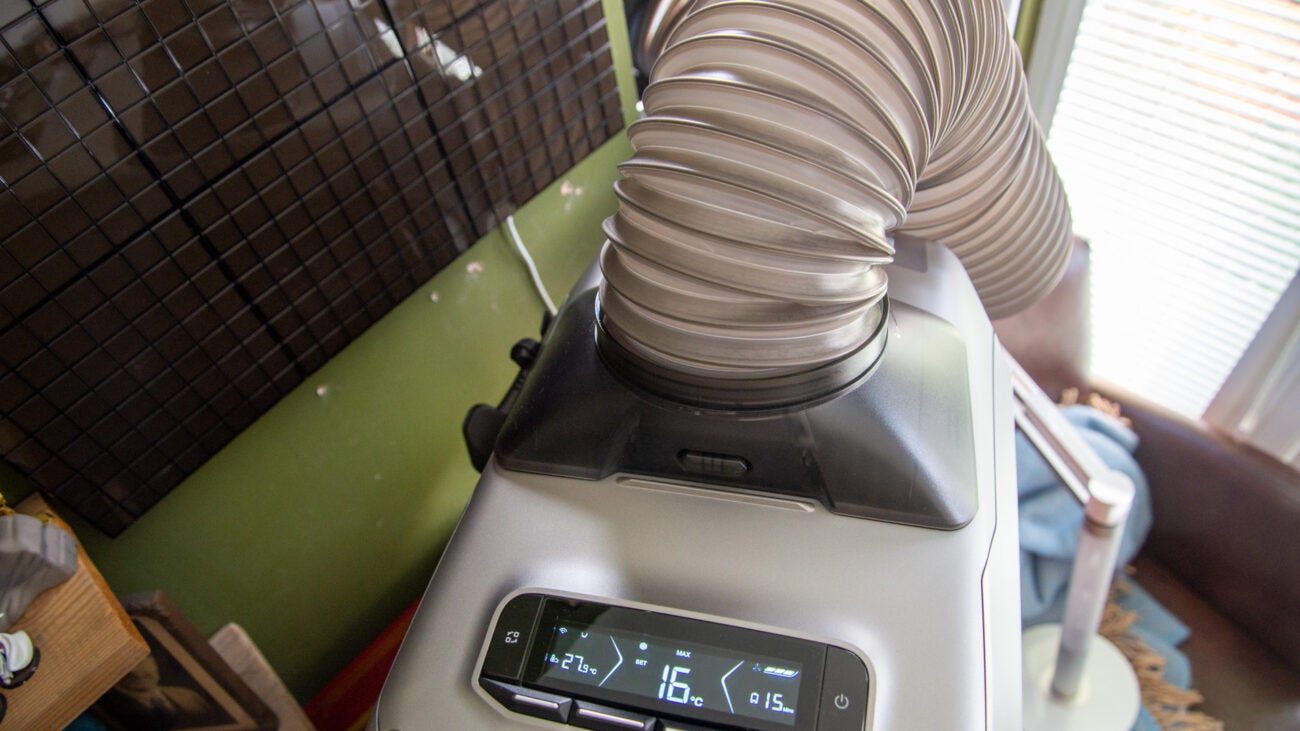

Verdict
It’s not cheap, but the EcoFlow Wave 2 is incredibly versatile. Despite its small size, this portable air conditioning (and heating unit) packs a punch and can cool smaller rooms, camper vans, caravans and tents with ease. It’s extremely flexible, too, able to sit inside or outside of the room you want to cool. Add in the battery, and it can even run for hours off-grid, charging via a choice of mains, car or solar. If you want cooling and heating in a portable form, it’s an excellent choice.
Pros
- Powerful
- Can work off-grid
- Smart app
Cons
- Lots of bits
- Expensive
Key Features
- TypeThis is a portable air conditioning unit and heater all-in-one.
- Temperature controlAir conditioning and heating are controllable between 16°C and 30°C.
- Smart controlControllable via Bluetooth and Wi-Fi using the Ecoflow app.
Introduction
Portable air conditioning units are rarely really that. Sure, they can be put away in winter or wheeled from room to room, but they’re far from what I’d call portable. That’s where the EcoFlow Wave 2 comes in.
This is a truly portable air conditioning unit (and heater), which has an optional battery pack and solar input for true wire-free use, both in the house and out and about. It’s surprisingly powerful and works well in smaller rooms, although those looking to cool a larger space will need to go with a more powerful unit.
Design and features
- Optional battery pack
- Cool, heat and fan only modes
- Mains or solar charging
EcoFlow is perhaps better known for its power stations, such as the EcoFlow Delta 2, but the company is expanding into a wide range of, primarily, battery-powered products, including the EcoFlow Blade robot lawn mower and the Wave 2, its second-generation portable air conditioning unit.
Most ‘portable’ aircon units are still chunky boxes on wheels, but the EcoFlow Wave 2 is considerably smaller (336 x 297 x 518mm). At 14.5kg, it’s not a light device, but it’s certainly lighter than most air conditioning units. At this kind of size, the Wave 2 can be carried around the house, or out to the car to take away for a camping trip.
Compared to all other air conditioning units, the EcoFlow Wave 2 is designed to be far more flexible. The base package gets you the air conditioning unit only, which is mains powered via the integrated power cable.
While this ties you to a power socket, the Wave 2 is still very flexible. Most air conditioning units have a single outlet that dumps hot air outside, but the Wave 2 is supplied with three vent pipes.
Used inside, two pipes should be run to a window: one draws in cooler air from outside; the other sends hot air out; cold air comes out the vent at the front.
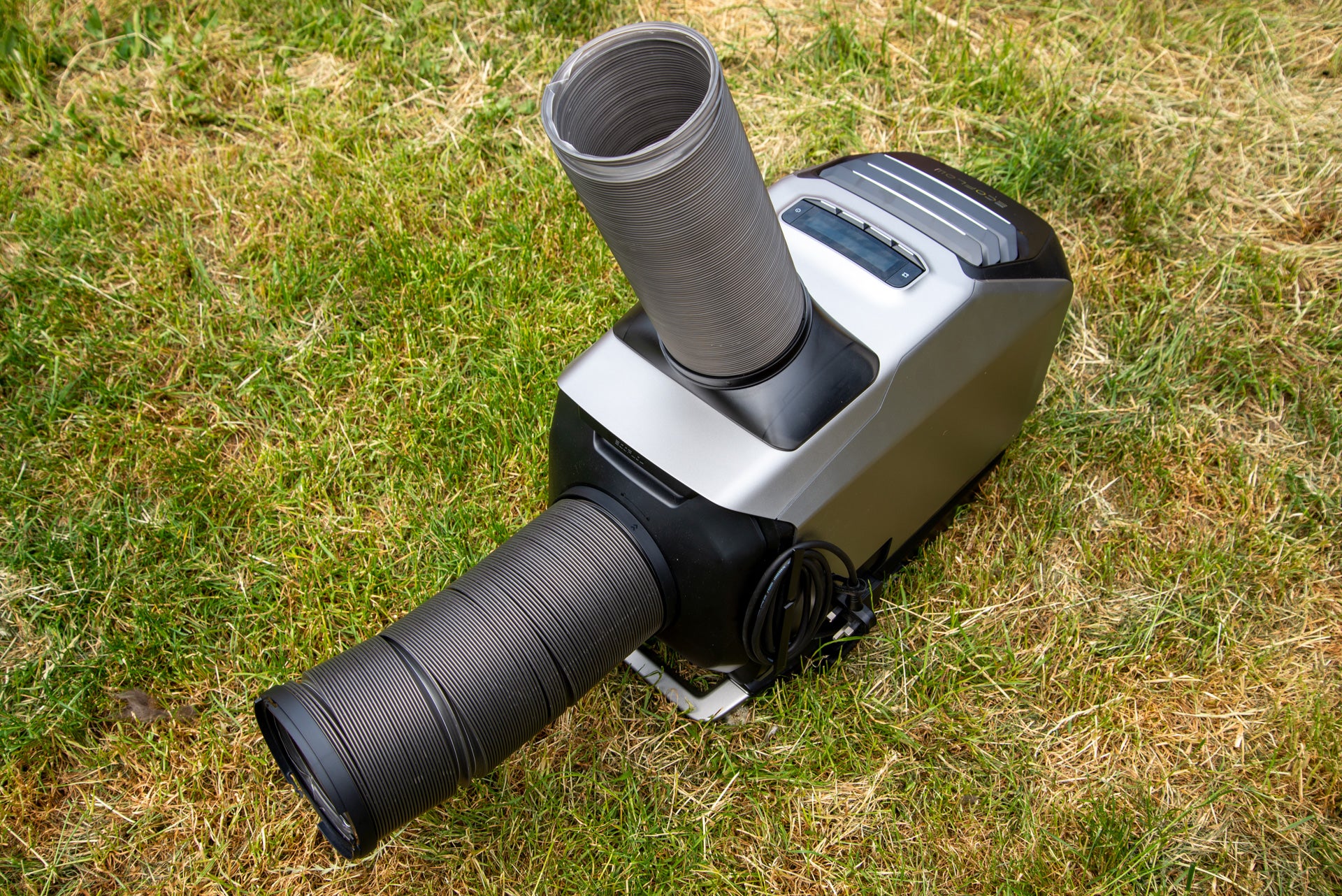
Alternatively, the Wave 2 can be sat outside, with a single tube connected to the cold air outlet, blowing just cold air into a room. This is useful if you’ve got a tent or garden office, as the air conditioning unit can be kept outside, where it’s quiet.
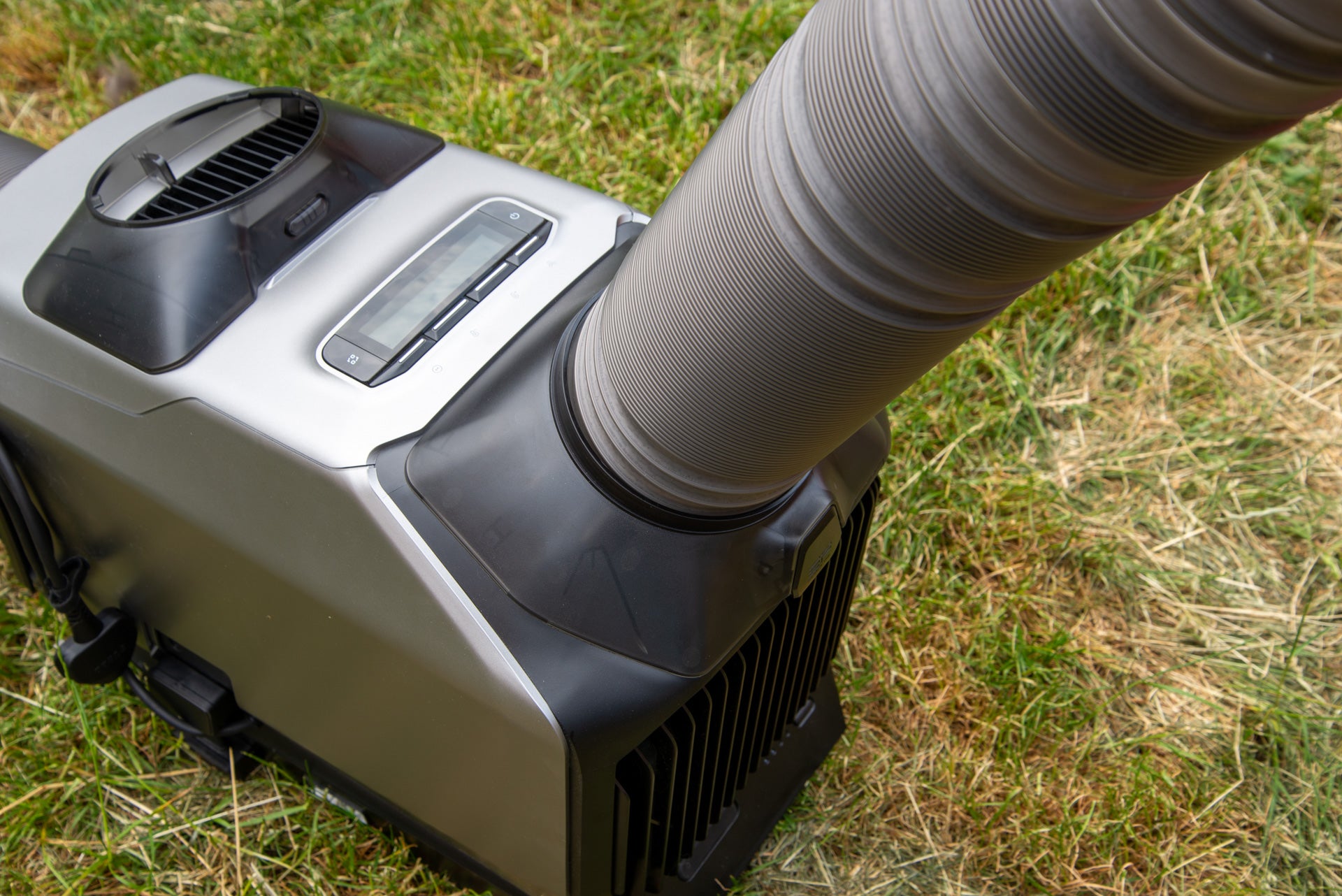
This flexibility is outstanding, but it does rather increase the complexity of the Wave 2, adding an extra outlet hose, and three separate hose adaptors that clip over the external vents.
There’s only one real downside to using the unit outside: its onboard temperature sensor is effectively useless, as it’s measuring the outside temperature, not the temperature inside the room. Where you can, then, inside use is best.
EcoFlow provides a foam pad with two holes cut out in it that’s designed to be the basis of a wedge for a window. It’s alright, but I still had to find a way to block the rest of the window, to prevent warm air coming back in.
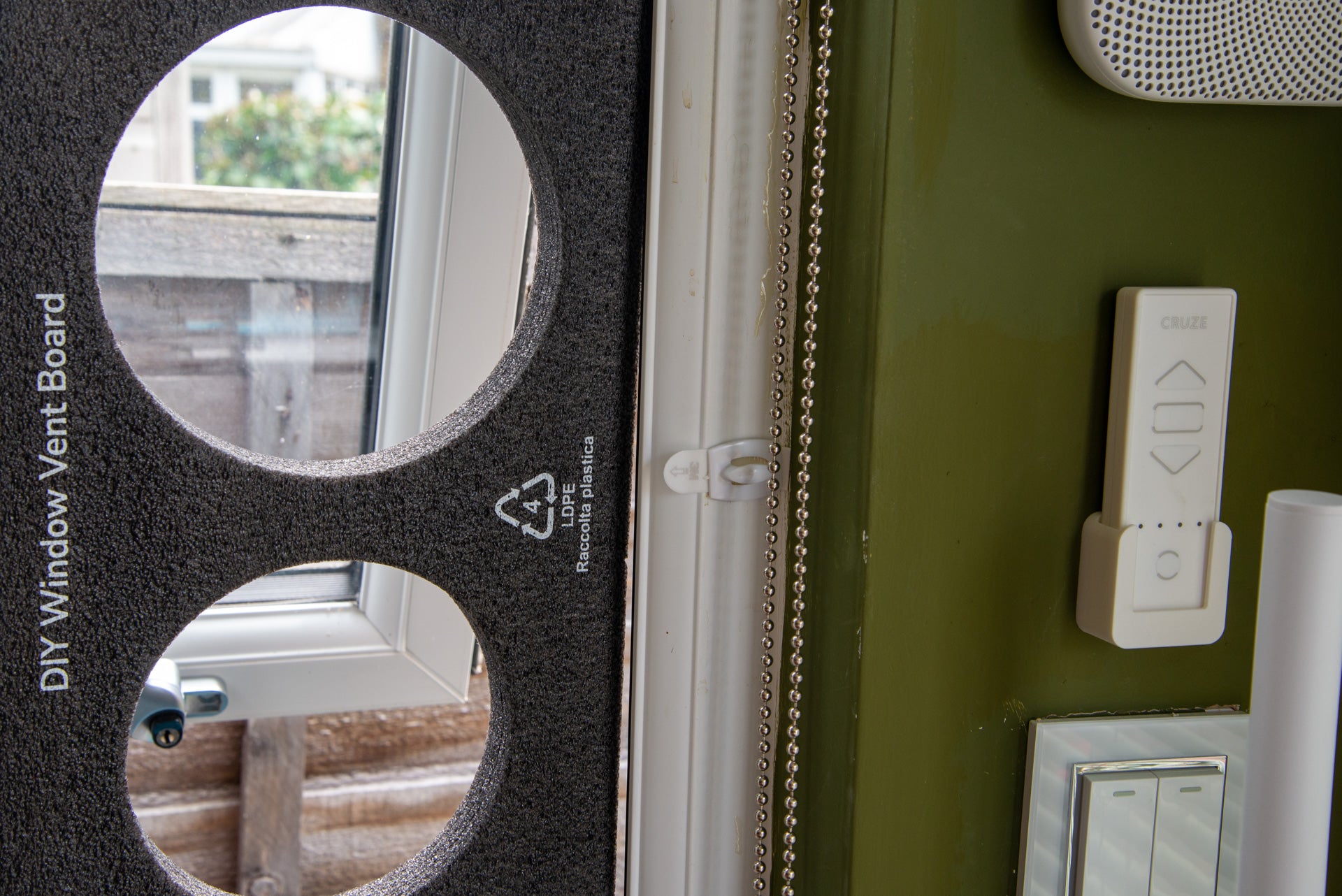
For true portability, there’s also an add-on 1159Wh battery (£799), which lets you use the Wave 2 fully off grid, providing enough power for between two and eight hours of use.
With the 400W solar and 200W car inputs, the battery can even be charged off grid. Note that if these inputs have low or unstable voltages, only fan mode is available; to guarantee air conditioning and heating, the battery is needed.
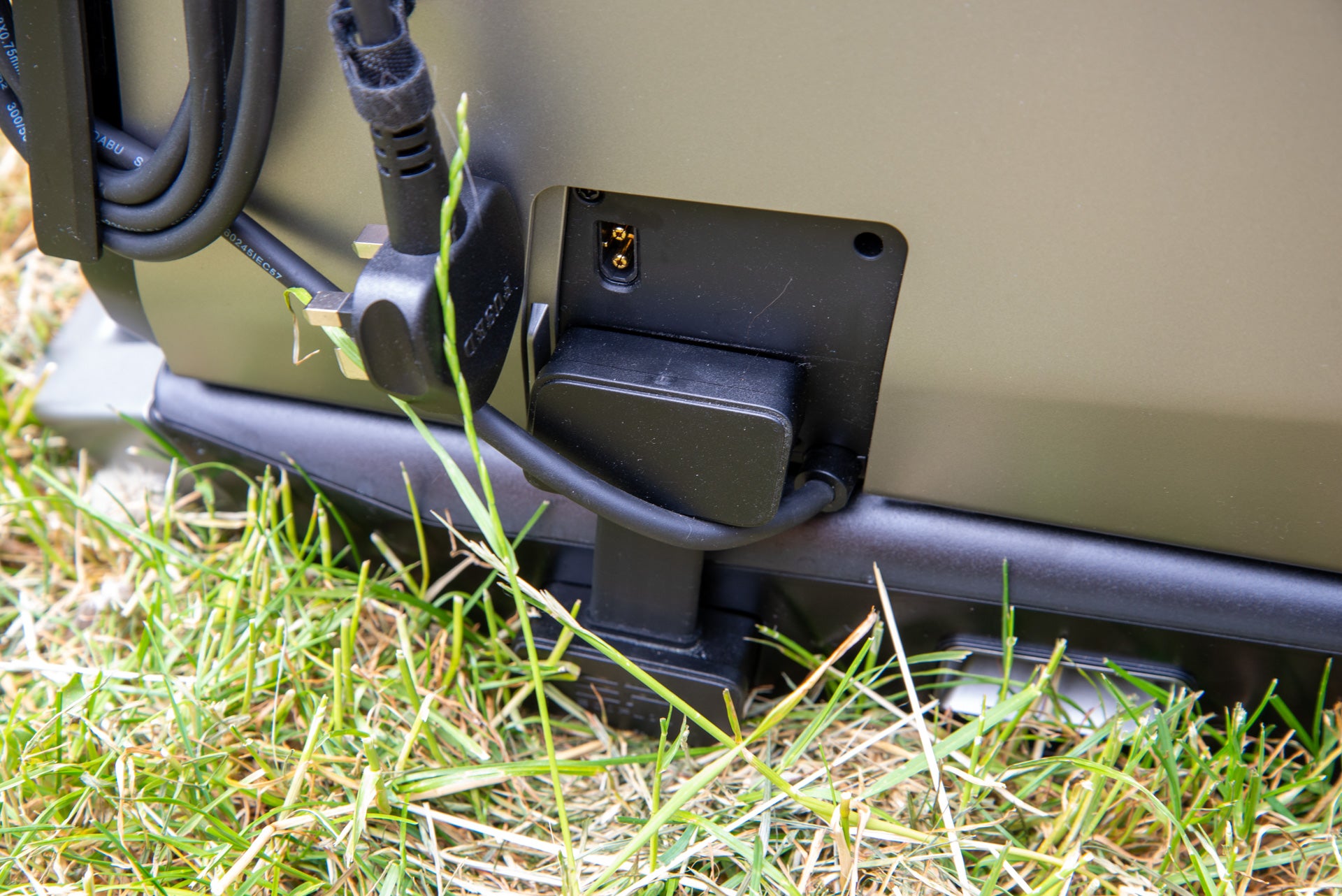
Using this battery is neater, as it clips into the bottom and becomes fully integrated. However, if you have a compatible power station, such as the Delta 2, you can buy a cable that links the two together, reusing your existing battery.
In addition to the off-grid charging capability, EcoFlow also uses R290 refrigerant, which is more eco-friendly than traditional refrigerants, as it has no ozone-destruction qualities.
Using the Wave 2 is simple. Once it’s powered on, there are buttons on the top that switch between the three modes: cool, warm and fan. There are then three fan speeds to choose from plus a max mode.
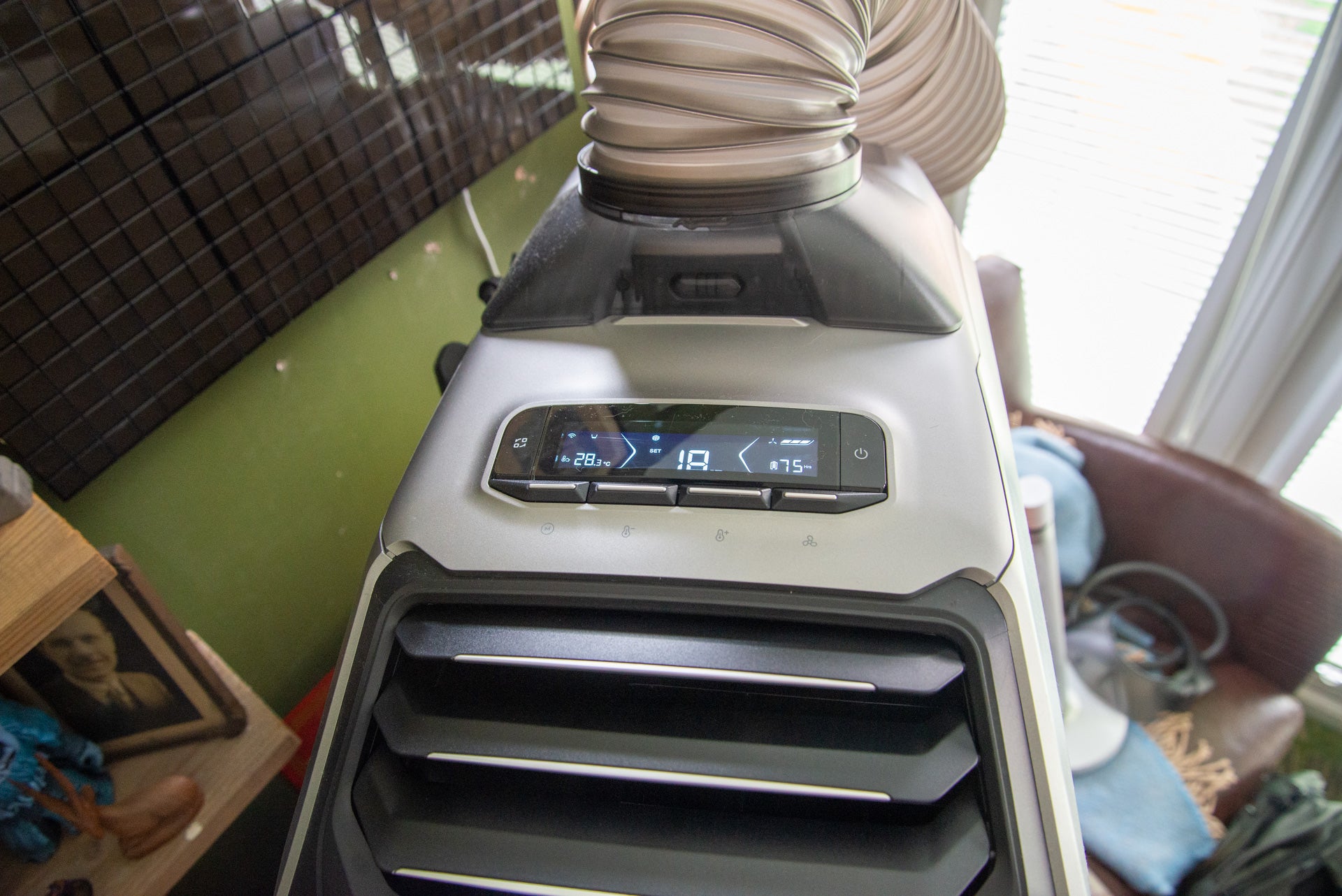
In cool and warm modes, a target temperature can be set (between 16°C and 30°C), with the Wave 2 shutting down automatically to conserve energy. There are also two additional modes: Sleep mode, which drops the sound that the unit makes to minimum; and Eco, which drops power consumption (and performance) to last longer.
There’s also a timer mode, which runs between 30 minutes and eight hours, in half-an-hour increments.
As with most EcoFlow products, the Wave 2 is compatible with the Ecloflow app, connecting via Wi-Fi or Bluetooth. The app gives the same range of controls, and I found this easier to use.
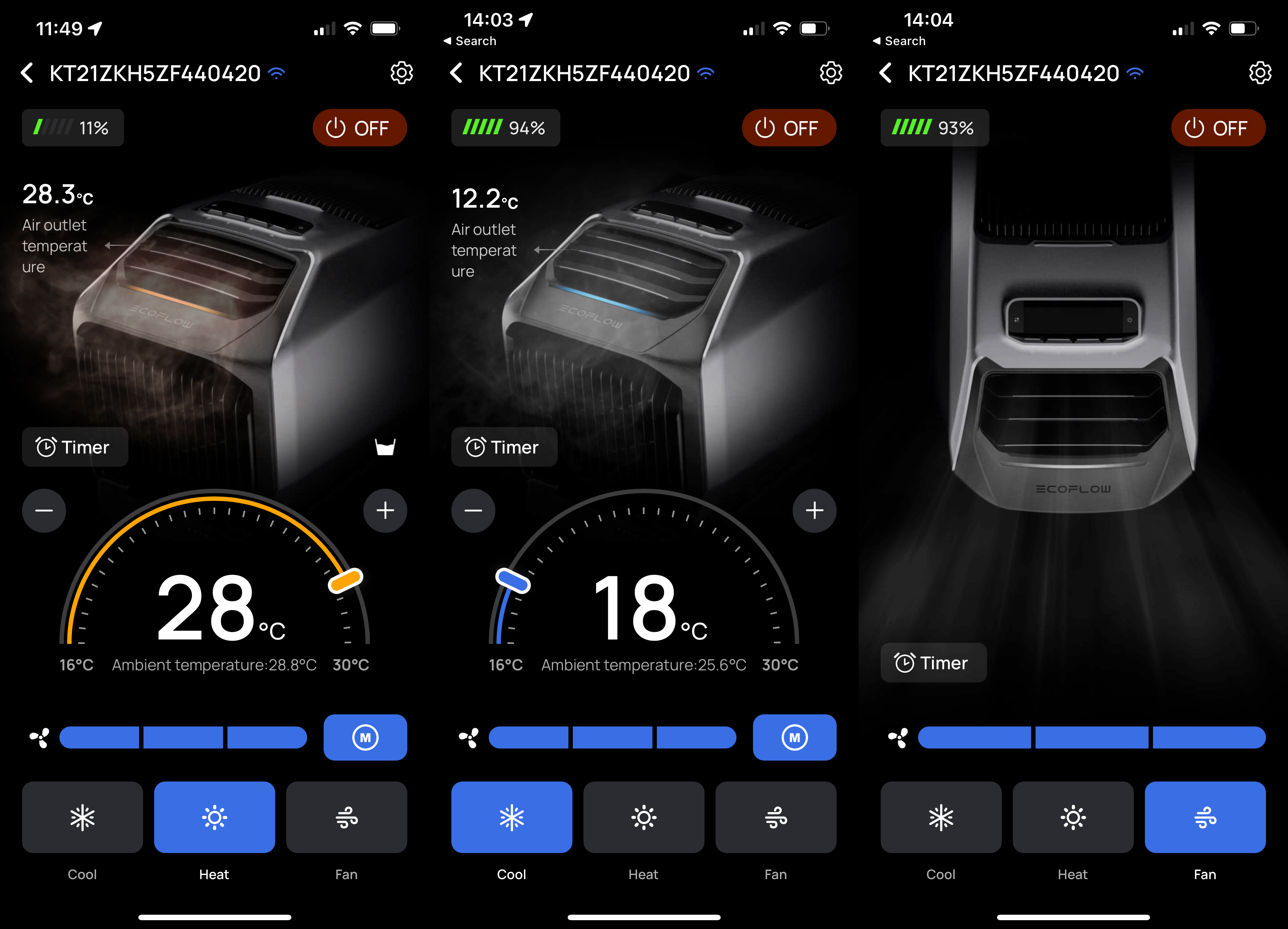
Performance
- Powerful (for the size)
- Good battery life
- Better for smaller rooms
For air conditioning, the EcoFlow Wave 2 is rated at a maximum of 5100BTU, although that assumes mains power, which it draws 550W; on battery power, power consumption is slightly reduced to 495W. I found that power consumption on maximum hovered around the 430W mark. That’s still relatively efficient for an air conditioning unit, and that’s down to the quality of the compressor inside.
5100BTU is enough for around a 10m² room. That’s most average UK sized bedrooms and offices, and more than enough for a typical tent. Of course, there are some caveats to this, such as the height of the ceilings and where the sun shines in, but the 10m² is a good starting point.
If you have larger rooms or those that get much hotter, you’ll need to up the BTU count on a unit and get something larger, such as a more traditional portable unit.
In heating mode, the EcoFlow Wave 2 draws a maximum of 600W (540W on battery), which is a heating capacity of 6100BTU. Again, that’s good for smaller rooms; if you’ve got a very cold space or larger room, you may want to look at one of our best electric heaters instead. I found that on maximum heating mode, the Wave 2 topped out just shy of 400W.
With the battery attached, mains charging was drawing 743W, which is enough to fully charge the battery in just shy of two hours. Using a 400W solar panel, I got an input of between 100W and 300W, which meant that it took between eight and four hours to fully charge; how much sunlight is available has a massive impact here.
The battery can take 800 charges before it hits 80% capacity, as it uses older technology. Still, that means that if the battery was charged for three months of the year, once per day, it would take 8.8 years until the battery was at 80% capacity.
Battery life on the Wave 2 is very good. Using it in maximum mode, I was able to get more than two hours of use out of the system; dropping down to Eco mode boosted this to just shy of eight hours, although sacrificing some cooling ability along the way.
Ultimately, my choice of mode was based on the temperature and cooling need. I tested the unit inside my garden office (around 7m²), which faces south, with the sun beating down through the glass doors. At its worst, this office can easily zoom past 35°C with the doors shut.
Taking the extreme, I let the sun heat up my office during the day, hitting a peak of 37°C. When the sun was no longer shining in, I put the Wave 2 on max, which dropped the temperature to 29°C in just shy of three hours – that’s an extreme test.
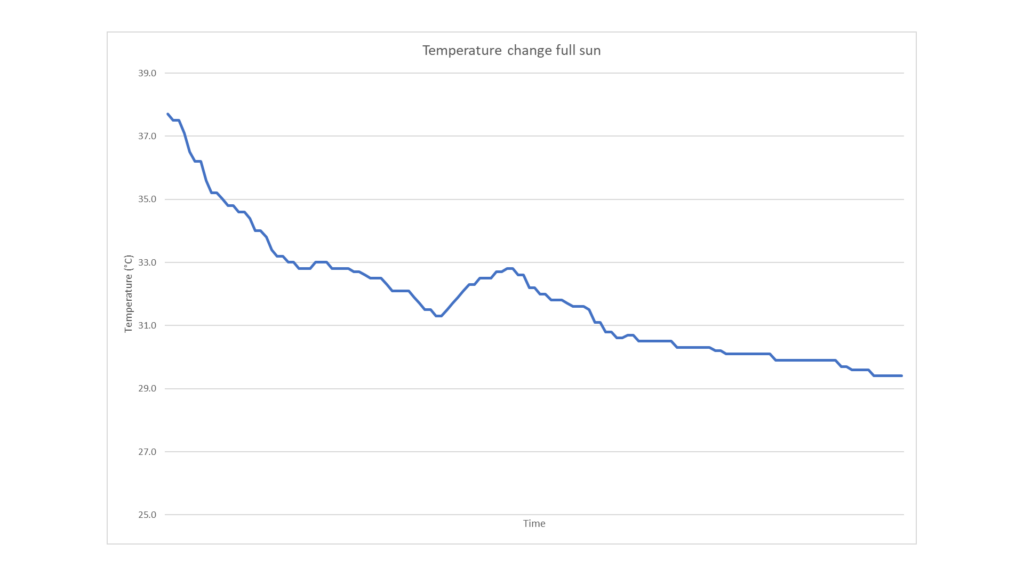
Typically, when I go to my office, I use a parasol on sunny days to directly block the sun from coming through the doors. That prevents the office from overheating, but also makes it easier for air conditioning to work. Doing that, that temperature went from 34.2°C down to 24.8°C in 2h 15m, with my office cool enough to sit in with the doors shut.
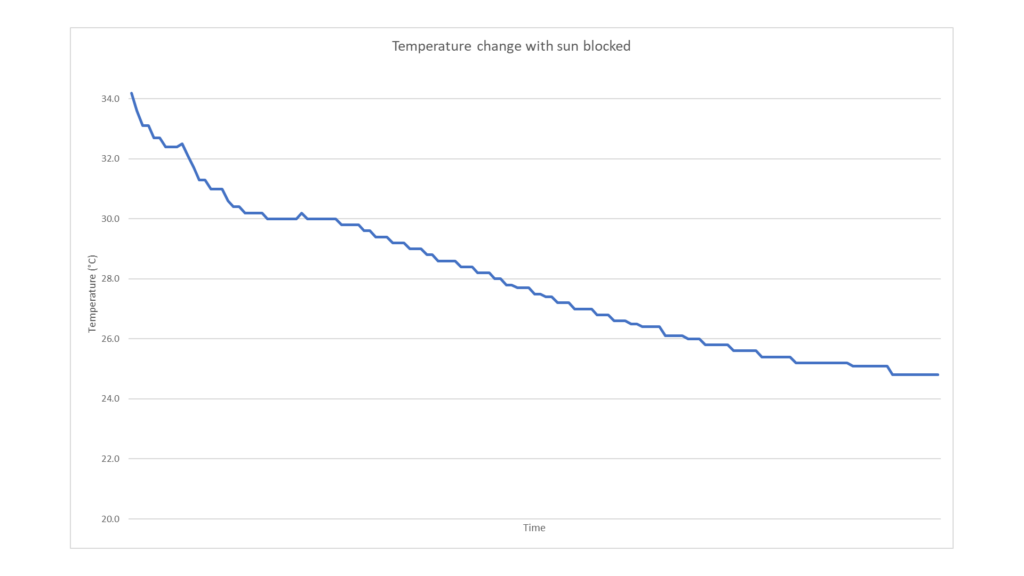
Placed in a room with no direct sunlight, the Wave 2 dealt more easily with heat: my 28°C room dropped to a more pleasant 22°C within an hour.
For the most part, the Wave 2 is maintenance free, able to automatically dissipate water provided that the relative humidity is below 70%. If humidity is higher than this, the drainage hose should be attached to the outlet at the back.
There’s a water indicator on the LCD (and in the app). When this is full, the manual drainage mode should be engaged, via the app or by pressing and holding the fan button.
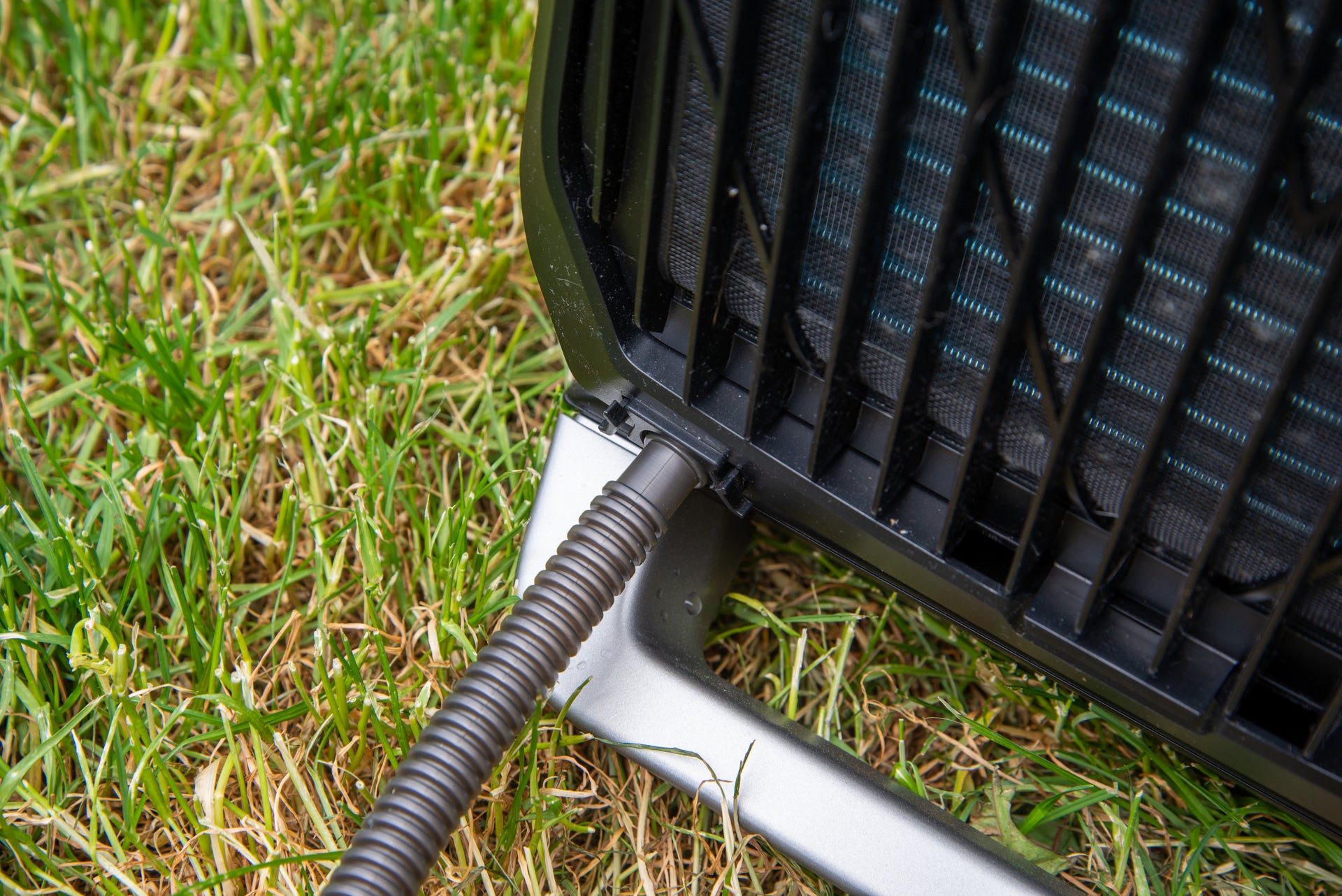
I found the EcoFlow Wave 2 very quiet. On maximum power it hits 60.3dB, which is similar to a robot vacuum cleaner; on Eco mode, sound drops to a quiet 50.5dB; in Sleep mode, sound dropped to a low 47.4dB, with a barely audible hum to it.
Latest deals
Should you buy it?
You want powerful, portable air cooling and heating:
If you have a need for air conditioning and heating that you can move around or take camping, this flexible product is a great choice.
You have a large room or don’t need portability:
Those with larger rooms will need a traditional unit, and those that don’t care about the portability can save money on a regular model.
Final Thoughts
Small, for an air conditioning unit and heater, the EcoFlow Wave 2 is flexible and powerful for its size, although it is rather expensive, particularly if you buy the add-on battery.
If you just want to cool one room in your house, a traditional freestanding air conditioning unit probably makes more sense. However, if you need more flexibility and want something you can use when camping, or for moving around the house, air conditioning doesn’t get smaller than this. Able to deal with smaller rooms well, it’s a great choice for those that need its flexibility.
How we test
Unlike other sites, we test every air conditioning unit we review thoroughly over an extended period of time. We use industry standard tests to compare features properly. We’ll always tell you what we find. We never, ever, accept money to review a product.
Find out more about how we test in our ethics policy.
Used as our main aircon for the review period
We measure the fan speed (if available) using an anemometer so that we can accurately compare performance between models
We measure how well the aircon can cool our test lab.
FAQs
No, it can work via a mains plug if you want to use it with traditional power.
Yes, it accepts up to a 400W solar panel, although without the battery, if voltage is low or unstable, only fan mode is available.

